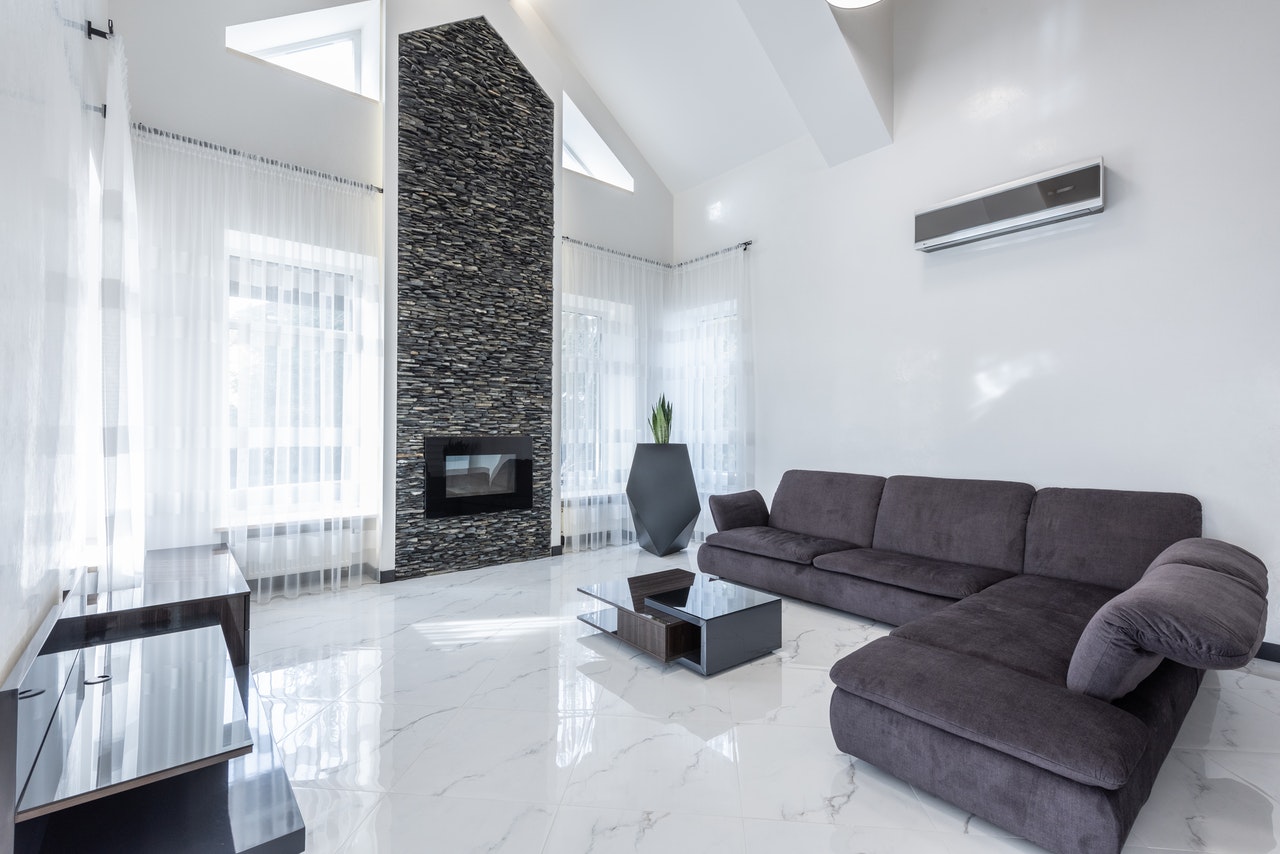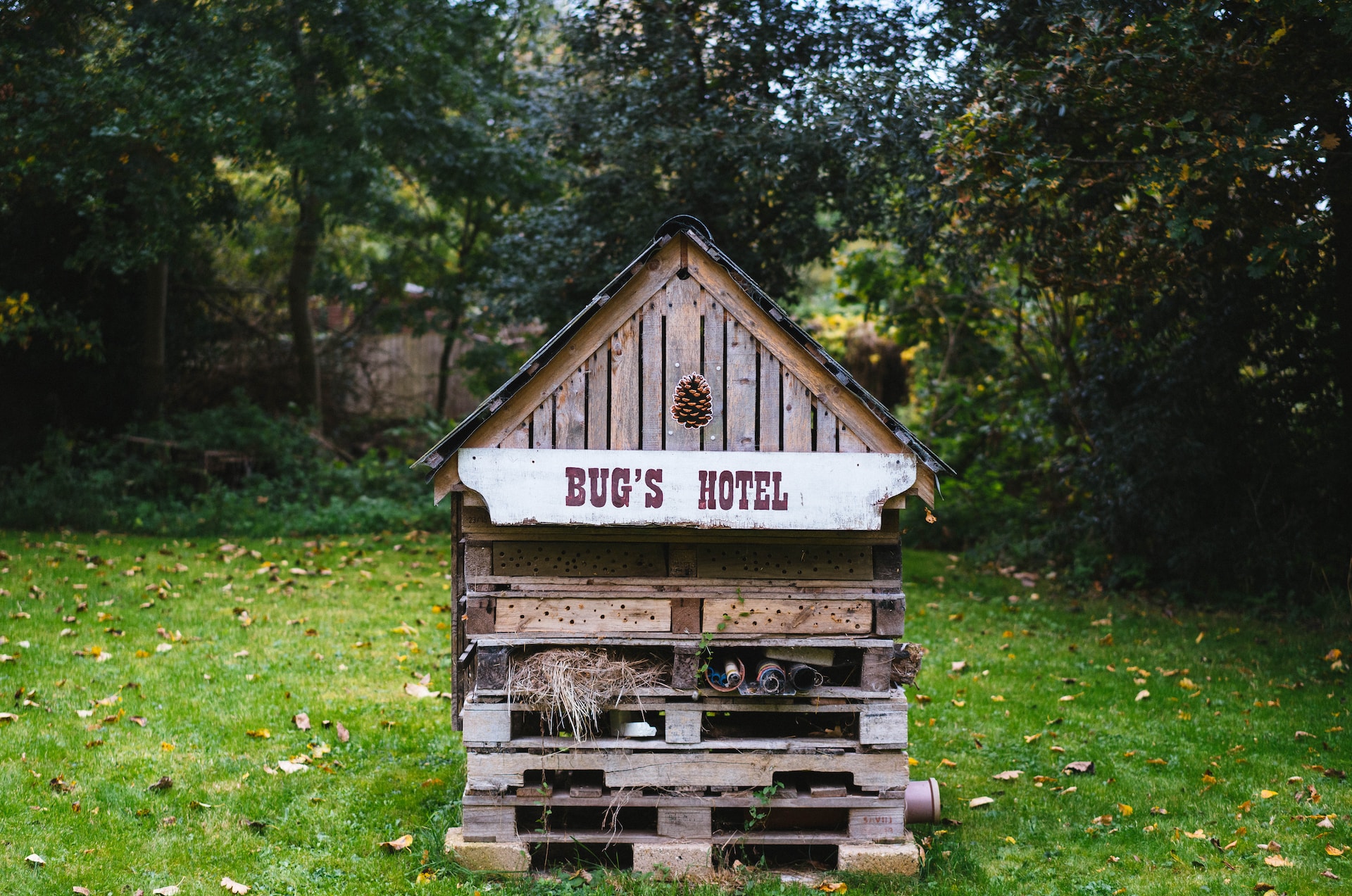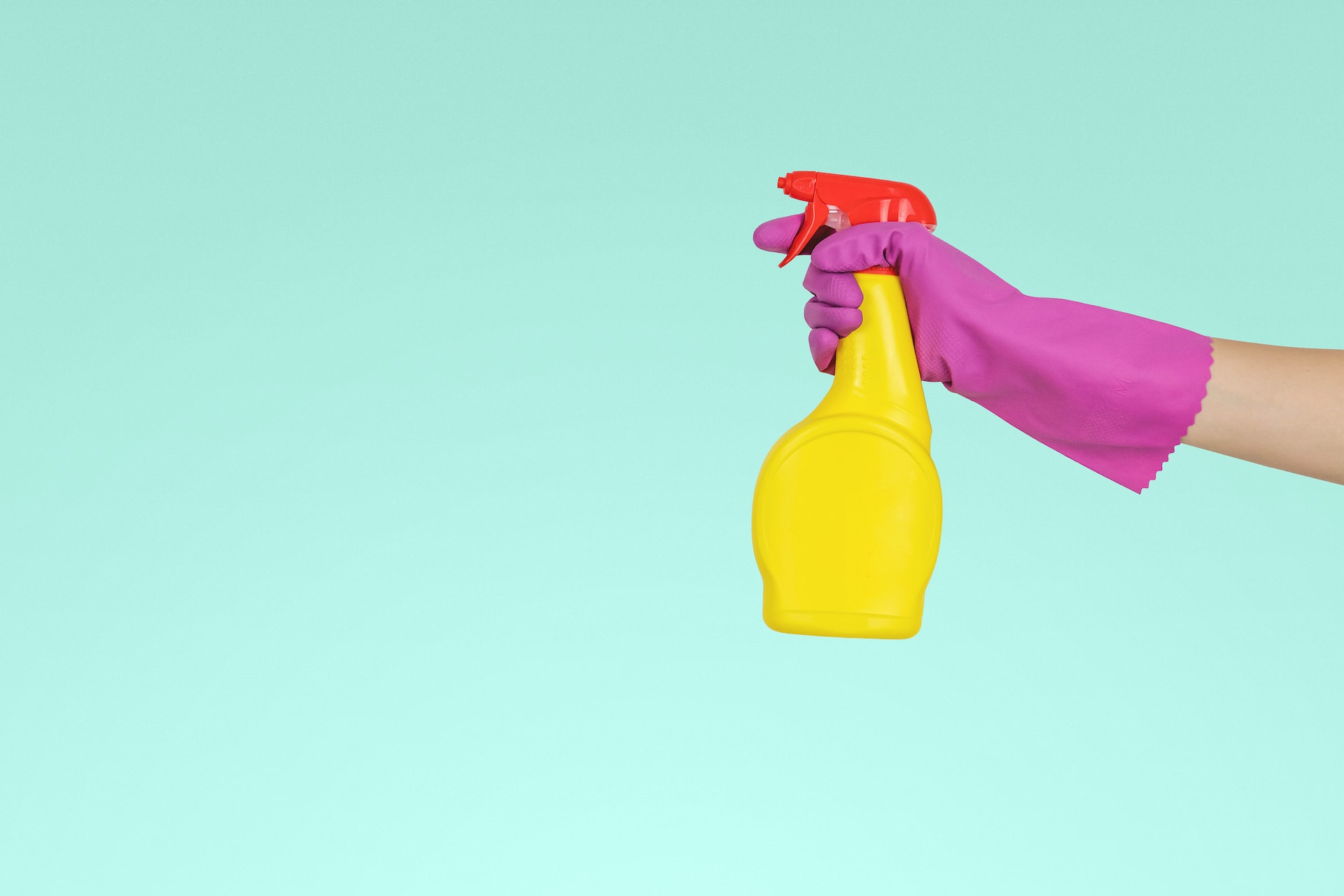Indoor air quality is one of those things that you probably don’t give a lot of thought to, but it can have far-reaching impacts on your — and your family’s and pets’ — health. It’s no secret that indoor air in the home is many times dirtier than the air outside, and since most people spend around 90 percent of their time indoors, polluted air in the home can have serious risks to your health — especially for the very young, the elderly, immuno-compromised people, and your beloved pets.
Improving your indoor air quality has an important impact on your health. It can help you reduce symptoms of allergies, asthma, and other respiratory illnesses, and it can help you sleep better. Clean indoor air means more energy and fewer headaches, and it can even improve your digestive health.
Most experts recommend a three-pronged approach to improve your indoor air quality. The first prong is source control, or keeping pollutants out of your home, or maintaining low levels of them. The second prong is ventilation, which removes polluted air from home and sends in fresh outdoor air. The third prong is cleaning the air with portable machines or in-duct air cleaners.
Here is the ultimate guide to cleaning the air in your home, prong by prong.
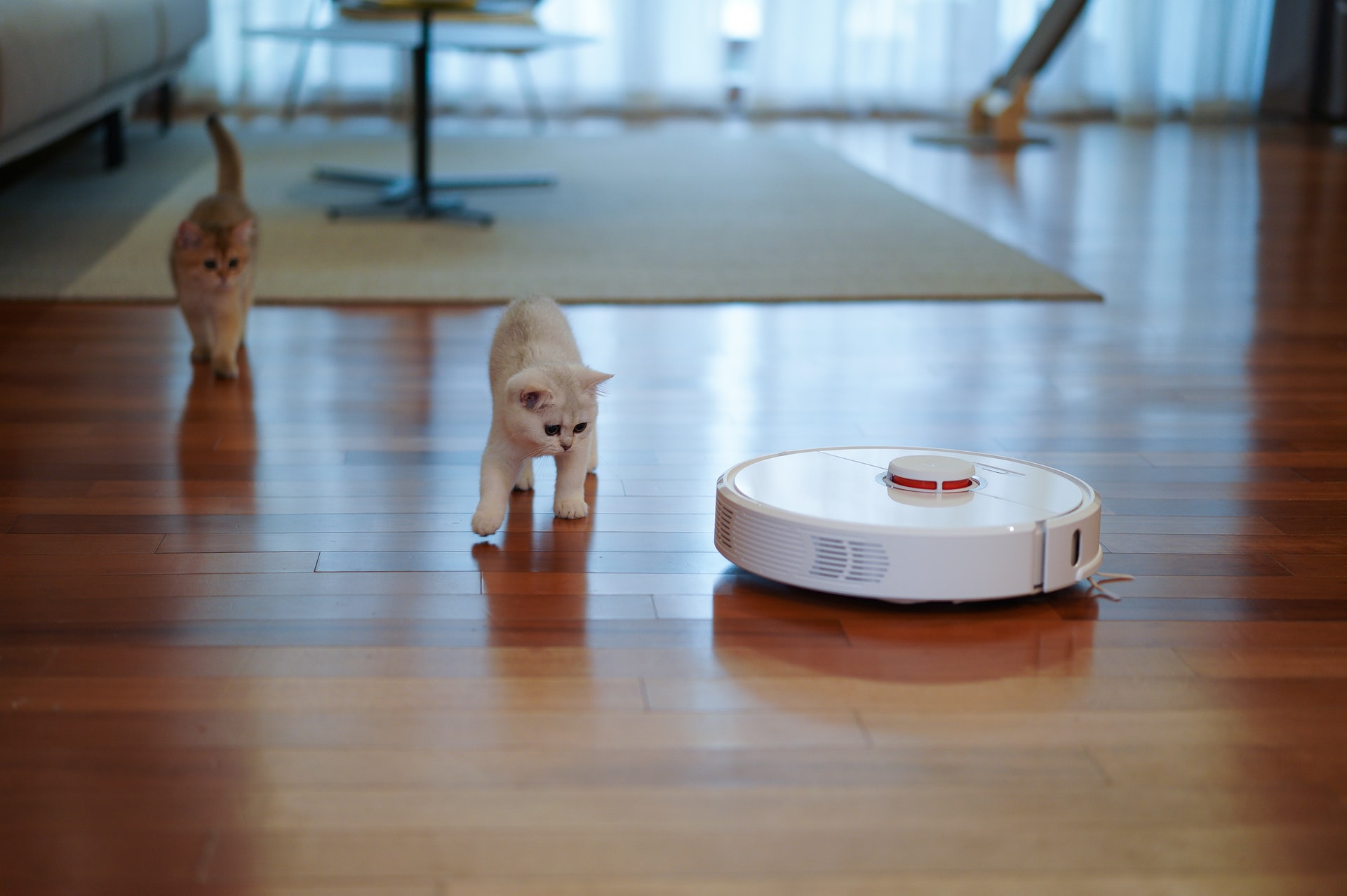
Prong 1: Control pollution at the source
Indoor air quality studies revealed that two types of pollutants lurk in your air: gases and particles.
Gaseous pollutants (gases) result from combustion, and they’re present as volatile organic compounds (VOCs) from adhesives, paints, cleaning products, pesticides, and even from upholstery, furniture, and building materials. Particulate matter (particles) includes dust, pollen, smoke, animal dander, mold, combustion particles, viruses, and bacteria.
The best way to improve the air quality in your home is to keep harmful gases and particles out in the first place but to do that effectively, you’d need to live in a bubble. So the second-best way is to keep air pollutants under control, so they occur at low levels. These are the most common sources of indoor air pollution and what to do about them.
Household chemicals: Is it time to make the switch to natural?
The chemicals you use every day, or at least commonly, are some of the worst for your indoor air quality and your health.
Swap out conventional cleaners and body care products for natural. Conventional cleaning products and body care products contain many harmful chemicals, including toxic substances and known carcinogens. Natural cleaners that are plant-based get your home just as clean as the nasty stuff but without polluting your air. Make the swap to natural products for at least the very worst offenders, including laundry detergents, disinfectants, and air cleaners. Plant-based, natural body-care products are delightful and effective, and they’re free from harmful chemicals.
Avoid synthetic air fresheners. Synthetic air fresheners — including the spray, plug-in, or gel types — have numerous toxic chemicals in them that linger in your air. For “fresh,” scented air that’s safe and natural, opt for an essential oil diffuser, a natural room spray made with essential oils, or just open the windows to air out the room.
Avoid (or safely use) pesticides. If you need to use pesticides to get rid of critters like roaches or mice, follow the directions very carefully. Better yet, find natural ways to do away with household pests, or call in the professionals who will use the pesticides in the safest possible ways.
Air out new furniture and textiles. Pretty much any new piece of furniture or rug you bring into your home will off-gas VOCs, like formaldehyde, adhesive chemicals, and other toxic chemicals. Opt for natural fibers when you can, or let particularly stinky household goods sit outside for a few hours or days to clear the worst out before you bring them inside.
Biological contaminants: Controlling them helps reduce allergies and illness
Your air is filled with biological contaminants like bacteria and viruses, mold and mildew, pet dander and saliva, insect parts and droppings, and pollen and other allergens. To keep these under control:
Dust and vacuum weekly. Removing dust, dander, insect parts, pollen, and mold spores is largely a matter of sucking them up in your vacuum cleaner. Dust and vacuum at least once a week — more, if you have a large household, lots of pets, or live in a dusty area. Consider a robot vacuum cleaner that can remove contaminants from your home every day.
Take your shoes off at the door. The soles of your shoes carry all sorts of contaminants into your home, including herbicides, pesticides, gasoline, oil, and biological pollutants like mold and pollen. Instead of tracking these throughout your home, take off your shoes at the door, and slide on some house shoes that you only wear in the house.
Replace your HVAC filter. Every furnace and air conditioning system has a filter where the cold air return meets the indoor unit. This filter removes particles from the air that moves through. A dirty HVAC air filter won’t trap as many particles as a clean one, so check the filter each month, and when it’s clogged with dirt, replace it with a clean one. Choose the highest quality filter that your HVAC system will allow — check the manual, or ask your HVAC pro.
Having a home warranty can help maintain your HVAC system and ensure that it operates efficiently, which in turn can contribute to maintaining good indoor air quality. With a home warranty, you can regularly schedule maintenance visits and inspections for your HVAC system. During these visits, technicians can clean and service the system, check for any potential issues or malfunctions, and make necessary repairs.
Use the kitchen and bathroom exhaust fans. Turn on the kitchen and bathroom exhaust fans whenever you’re cooking or bathing to remove excess moisture, gases, and particles from cooking, bathing, and using body-care or cleaning products.
Keep your home’s humidity level between 30 and 50 percent. Mold, mildew, and dust mite populations love high humidity, and if your home is very humid, you may have more than your share of these pollutants. If your home is too humid, install portable humidifiers around the house, or opt for a whole-house humidifier that works with your HVAC system. A simple hygrometer from your local hardware store will tell you the percentage of humidity in your air.
Combustion pollution: Where there’s fire, there’s pollution
Any time you light a fire in the fireplace, turn on a space heater, cook on the stovetop, run your furnace, smoke a cigarette, or light a candle, you’re releasing combustion-related pollutants into your air, both gases and particles. Here’s how to reduce them for cleaner air.
Ventilate combustion appliances to the outdoors. Make sure all fuel-fired appliances, including stoves, furnaces, heaters, and clothes dryers, are vented to the outdoors. Any time you use the oven or stove to cook, turn on the exhaust fan. Never use a non-vented combustion appliance inside, which can produce dangerous gases like carbon monoxide.
Have your appliances inspected. Every year, before heating season, have your local HVAC professional inspect your furnace to make sure it’s safe to use for the duration of the heating season. Also, have your gas stove inspected and adjusted annually to ensure its emissions are within a safe range.
Have your chimney cleaned. Have your chimney inspected and cleaned each fall before you light the first fire and make sure the flue is open, and you follow safety protocol when you’re using the fireplace.
Don’t smoke inside. Cigarette smoke contains plenty of chemicals — many of them harmful. These chemicals lurk in your home’s air long after you put the cigarette or cigar out. Smoke outside, and don’t let anyone else smoke inside your home.
Choose naturally scented soy or beeswax candles. Conventional candles are made from paraffin, which is a waste product from petroleum processing and releases carcinogenic chemicals when it burns. Scented candles contain synthetic fragrances, which are made up of thousands of different chemicals, many of which are harmful. Instead, buy candles made from 100% beeswax or 100% vegetable-based waxes, such as soy wax. Choose candles that are scented with non-toxic, plant-based ingredients.
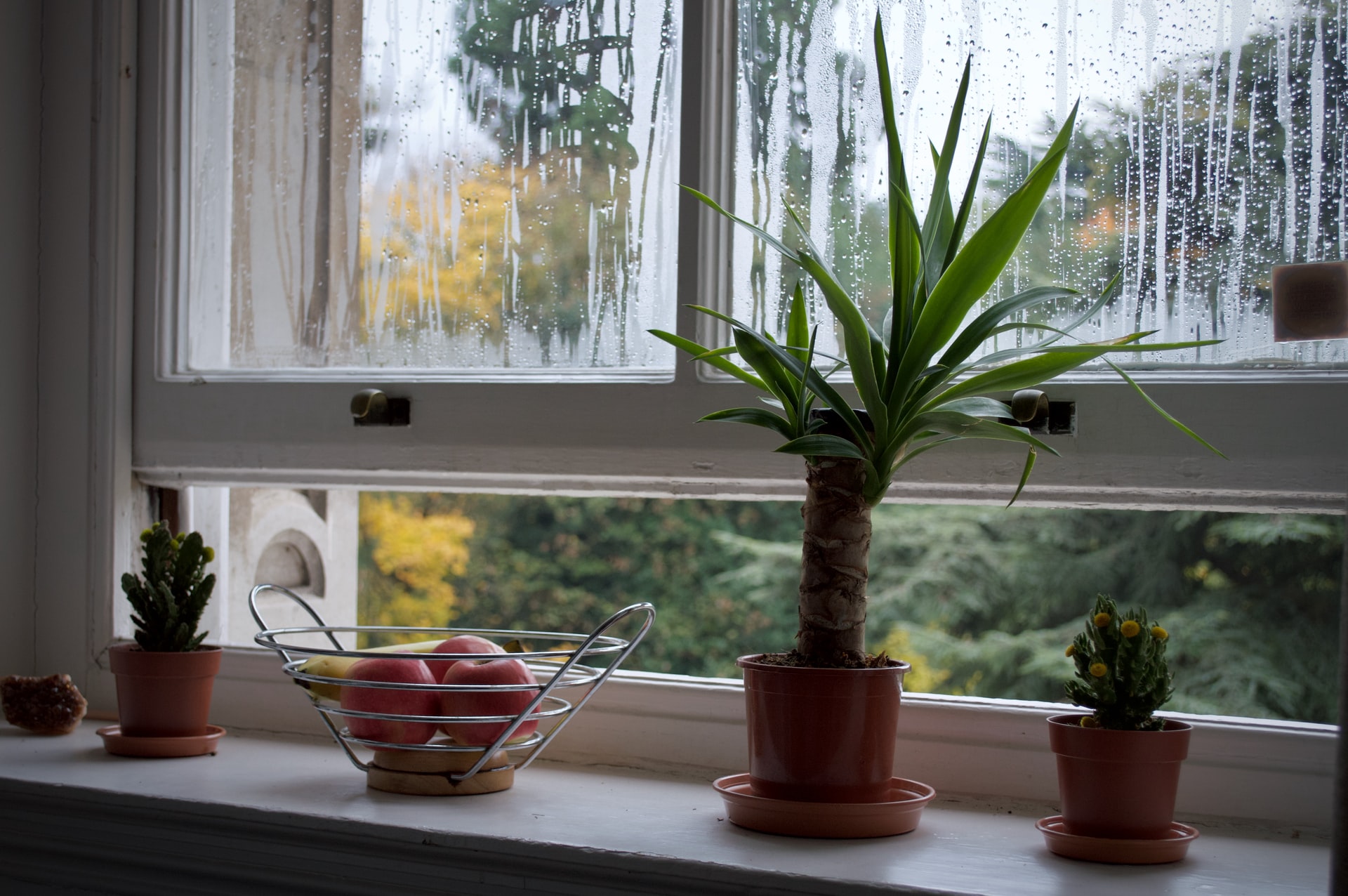
Prong 2: Ventilate
Adequate ventilation is central to good indoor air quality. Bringing outdoor air inside lowers the concentration of pollutants in your home’s air, and the best way to do this without a mechanical ventilation system is to open up those windows and doors whenever the weather permits and leave them open as long as you can.
Here are other ways to improve ventilation — and thus your air quality.
Use your exhaust vents. The exhaust vent in your bathroom removes air laden with moisture and body-care and cleaning chemicals, while the vent in your kitchen sends air rife with combustion and cooking fumes outdoors. Always turn these exhaust vents on while you’re bathing or cooking.
Install window fans. No matter what the climate is like where you live, you probably have at least several weeks throughout the year when you can keep the windows open both day and night, and possibly many more weeks when you can open the windows at night. To get the most out of open windows, install window fans with reversible blades. These can help you stay cool when it’s hot out, and they’ll suck out old air from your rooms when it’s cold.
Don’t neglect your attic. Attics are often overlooked spaces in the home. When an attic isn’t properly air sealed and ventilated, dust and other contaminants can make their way into your living space. Consider sealing up all of the cracks and penetrations in your attic and installing an attic fan to remove excess heat and moisture. Not only will this help create a more comfortable, healthier living space — it can help reduce your energy costs.
Use the vent control on your window A/C. If you use a window air conditioner, keep the vent control open to increase outdoor ventilation.
Mechanical ventilation systems
Most residential heating and air conditioning systems don’t mechanically bring in air from outside but rather re-circulate the same air throughout your house. Mechanical ventilation systems bring outdoor air inside and/or send stale indoor air outside.
Supply ventilation systems continually draw in outside air and distribute it to many rooms through dedicated ductwork or the existing HVAC ducts. These systems work for hot or mixed climates but aren’t suitable for cold climates.
Exhaust ventilation systems continually exhaust indoor air outside, slightly depressurizing the home so it draws in outside air through cracks and holes in the home’s envelope. These systems work for cold climates, but aren’t suitable for hot, humid climates.
Balanced ventilation systems send outside air in and exhaust inside air out in equal amounts. The two most common balanced ventilation systems are heat recovery ventilation (HRV) and energy recovery ventilation (ERV).
- HRVs reduce your heating and cooling loads by recovering the heat from the outgoing air in the winter to help heat the house, and exhausting the heat from the incoming air outside in the summer.
- ERVs transfer both heat and moisture between outgoing and incoming air. In the winter, this helps prevent dryness inside, and in the summer, it prevents humidity from entering the home.
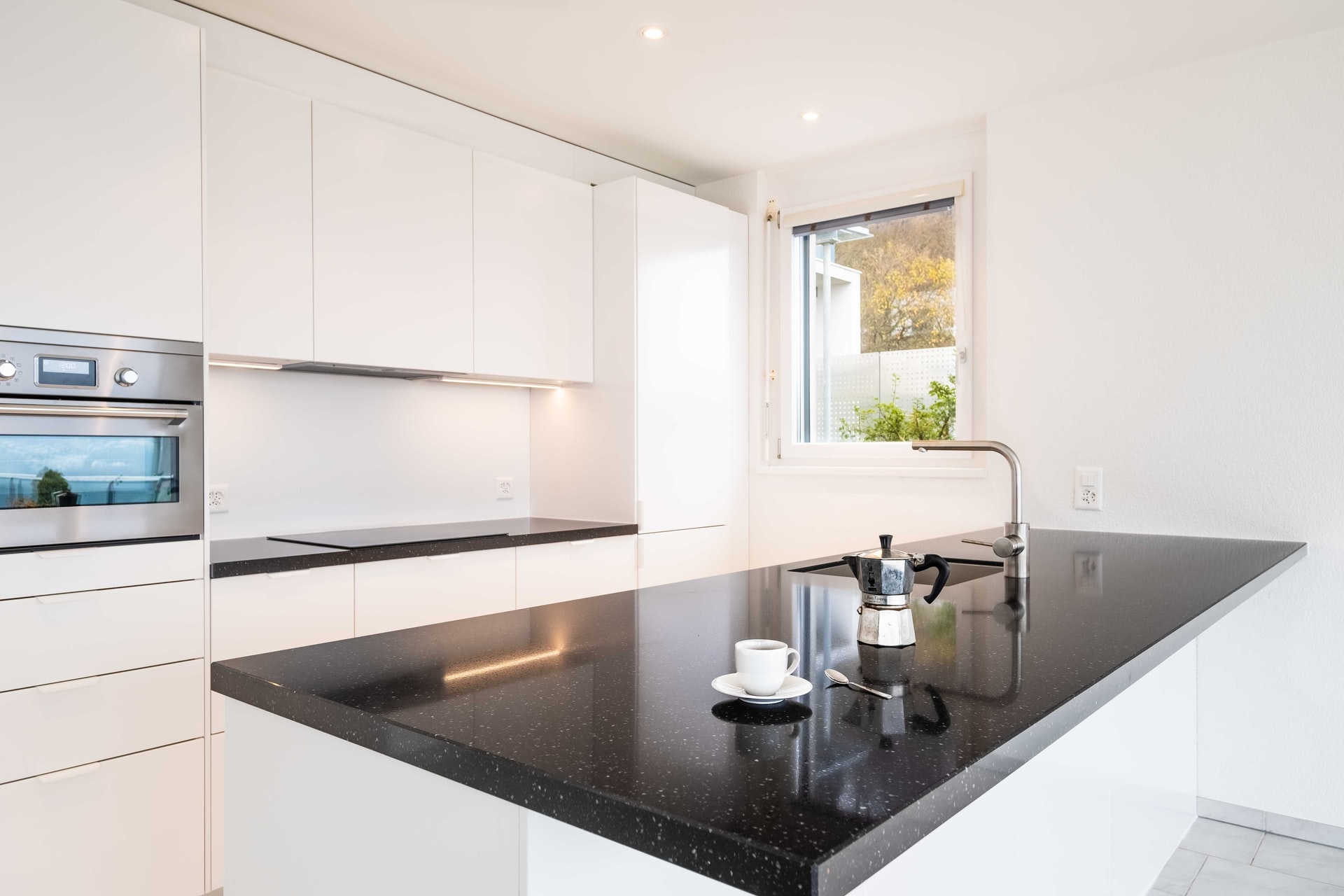
Prong 3: Clean the air
The third and final prong of good indoor air quality is to clean your air. Even if you follow all of the recommendations for source control and ventilation, you’ll still have pollutants in your home’s air. So removing as many lingering particles as possible means even better indoor air quality — and for people with allergies, asthma, COPD, or other respiratory conditions, the cleaner the air, the better.
Types of air cleaners
Air cleaners come in many types and sizes, ranging from small, inexpensive tabletop versions to pricey whole-house models with all the bells and whistles. Here are the main types of air cleaners, which can be installed in your HVAC system’s ducts or purchased as a portable, stand-alone air cleaner.
Mechanical air filters remove particles from the air by trapping them on filter materials. High energy particulate air (HEPA) filters are the highest quality air filters, able to trap the most, smallest particles of any filter.
Electronic air cleaners use electrostatic attraction to trap harmful particles in your air. Avoid electronic air cleaners that The two main types of electronic air cleaners are:
- Electrostatic precipitators contain an ionization chamber inside the cleaner. As air flows through the chamber, particles in the air obtain an electrical charge, and they then accumulate on oppositely charged collector plates.
- Negative ion generators send charged ions into the air, which attach to particles and give them a charge. There’s no collector, so the charged particles settle on nearby walls and other surfaces, where you dust them up by hand.
Gas-phase air filters contain a material called a sorbent, which absorbs some gases and odors from air that passes through. Activated carbon is the most commonly used sorbent, but no sorbent will absorb all gases — most remove one or a few different gases from the air, but won’t have an effect on gases like carbon monoxide or natural gas.
UVGI cleaners use ultraviolet radiation to kill biological particles like viruses, mold, bacteria, and allergens. However, they may not effectively kill certain molds and bacteria — and dead mold spores can still cause allergic reactions — so in most circumstances, this isn’t the best option for cleaning your home’s air.
What to look for in portable air cleaners
Portable air cleaners, which plug into an outlet and sit in your room, are far less expensive than whole-house cleaners that are built into your home’s HVAC system. To choose the right portable air cleaner for your space, consider the size of your room and the air cleaner’s CADR rating.
Size. Calculate the room’s area, and compare it to the maximum room size in the product details. If you have very high ceilings, use a cleaner sized for a larger area. You can use multiple air cleaners in a large, open floor plan.
CADR rating. The clean air delivery rate, or CADR, helps consumers choose an air cleaner based on the size of the area it’ll serve. The higher the CADR, the more particles it can remove from a larger space.
In-duct air cleaners: Worth it, or not?
Air cleaners that are installed in your HVAC ductwork are considerably more expensive to install and operate than portable cleaners. The jury is still out on whether these air-cleaners are worth the cost and whether they really have a major impact on indoor air quality.
Air filters installed inside your ductwork are good at capturing large particles, like pollen, dust, and animal dander, but they may not be as good at catching smaller ones. Whatever type of filter you choose for in-duct air cleaning, make sure it’s a high-efficiency filter with a MERV rating of 14 to 16, or a HEPA filter, which has the highest possible MERV values, at 17 to 20.
UVGI cleaners used in a home’s HVAC system aren’t great at killing mold and bacteria, and most viruses and bacteria require far higher UV exposure than you can get in a home unit.
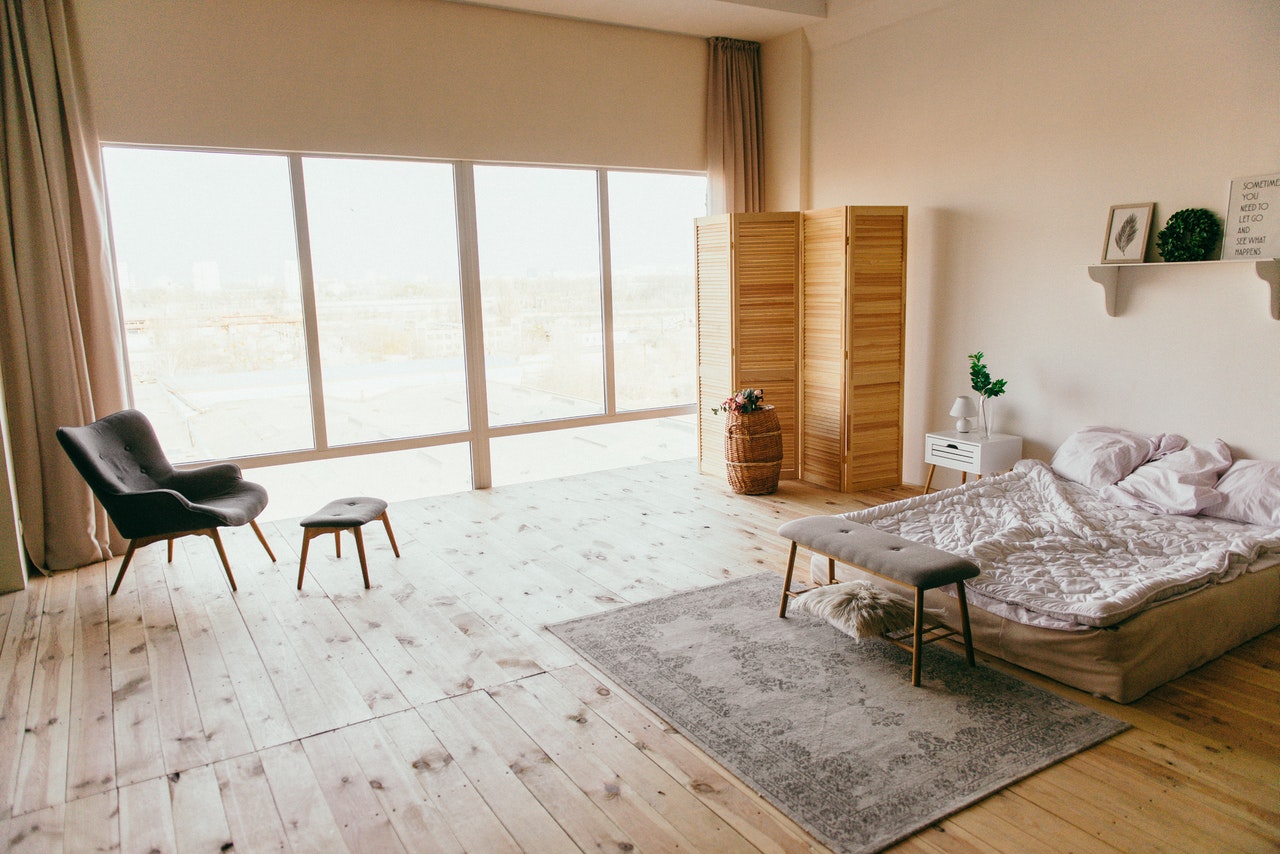
The best way to improve the air in every room of your home
We’ve gone through the best ways to improve the air quality in your home, but here are a few simple things you can do in each room — whether through source control, ventilation, or cleaning — to maximize the cleanliness of your home’s air in every room.
The bedroom. Dust mites are very common in the bedroom, and if your allergies are particularly bad at night when you’re in bed, it may be because of these microscopic critters and their highly allergenic droppings. To keep dust mite populations to a minimum, vacuum thoroughly at least weekly, and wash your bedding in hot water at least every two weeks. Clean your mattress every six months to a year. Let fresh air in whenever possible.
The bathroom. The bathroom is a humid room, which means mold and mildew may grow, reducing the air quality in that room. Additionally, many of the skin care, body care, and cosmetic products you use — the spritzes and sprays, creams, and oils — have ingredients that further reduce the healthfulness of the air. Swap to natural products as much as possible, and always turn on the exhaust fan when you’re showering or using products.
The living, family, and dining rooms. These three rooms see a lot of eating and snacking, which means crumbs, which may mean bugs, bacteria, and mold — especially if these rooms are carpeted. Your best bet for improving indoor air quality across the board is to remove all carpet in your home, which harbors food, moisture, dirt, allergens, mold, microscopic bugs, and every imaginable particle that comes in on your shoes and your pets’ paws.
The kitchen. Use the exhaust vent when you cook, and clean the filter in the vent regularly. Be careful not to burn food, which emits toxic particles and gases. Use natural cleaners in the kitchen, including a plant-based all-purpose cleaner that won’t poison your air. Avoid disinfectants as much as possible — opt instead for microfiber or just plain old soap and water.
The laundry room. Use unscented detergents and dryer sheets to keep the worst chemicals out of your air in the laundry room. If your laundry room gets very humid, ventilate it well, or install a portable dehumidifier. Clean your washing machine regularly to rid the room of mold and mildew.
The garage. Especially if your garage is attached to the house, you want to keep its air quality as high as possible. Don’t let your car run inside the garage, even with the door open. Instead, back it out of the garage to idle. Keep paints, cleaners, solvents, pesticides, fertilizers, and other chemicals tightly closed and safely stored when they’re not being used. Use these types of chemicals outside whenever possible.
Improving the quality of the air in your home isn’t hard — it’s simply a matter of keeping things clean, keeping harmful chemicals out, having your combustion appliances inspected regularly, and ventilating your home adequately. Every little change you make can add up to big benefits for your health, both in the short-term and long-term. Start today shoring up your indoor air quality, and after a few weeks, you may just find yourself feeling better than you ever have.
